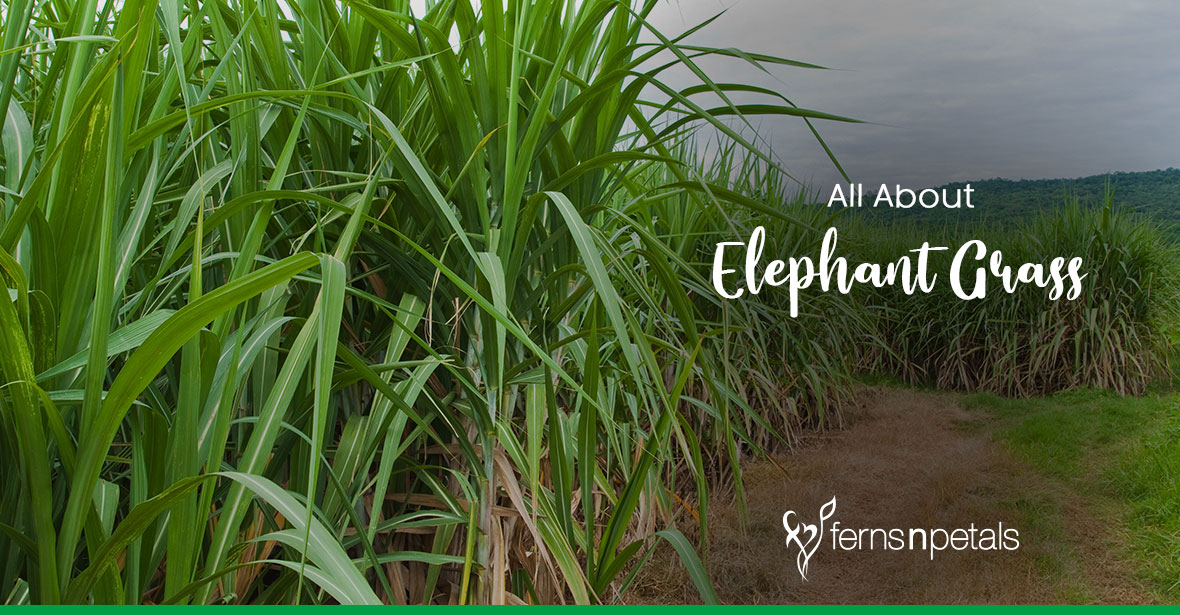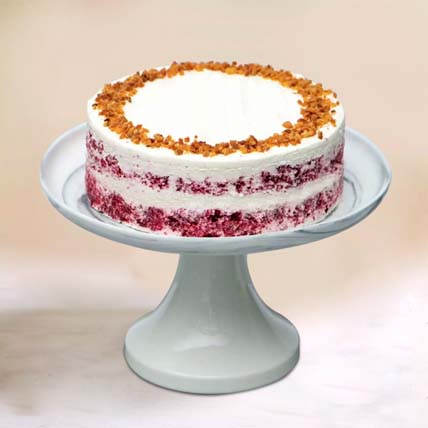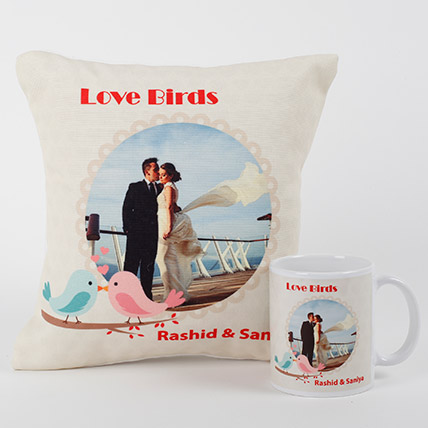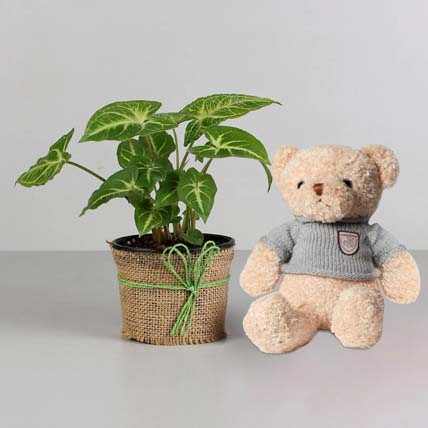Everything You Need To Know About Elephant Grass
- Author: Anushka Published: 10th November, 2021
Some of you may know it by the name of Pennisetum purpureum or Napier grass or even Ugandan grass. Named after one of the largest animals to ever walk on the earth, Elephant grass soars high into the skies of the African Savanna. It’s a haven for birds to nest, a treat for elephants and a striking feature of the plains of Africa. Given its remarkable size, which stretches up to 4 metres into the sky, it can make a person look much smaller than its actual size, leaving him/her shadowed in the shade of the grass. Keep reading to find more about this extraordinary plant. But first thing first!

Why is it Called Elephant Grass?
Elephant grass or Napier grass is an important crop that provides good fodder for grazing animals and dairy farmers. Being an important food item for African elephants, it’s named ‘Elephant grass’.
What does Elephant Grass Look Like?
The grass is rough, hairy, green, yellow or purple-coloured that can grow ~15 feet tall. The leaves are narrow and have a white central vein, pointed tips, sparse hairs and razor-sharp edges that are impenetrable. The grass has multi-branched stems that often grow in dense, bamboo-like clumps.
Where does it Grow?
It’s a common myth that Elephant grass can only grow and survive only in particular circumstances and limited ecosystems. However, that’s not the case at all. It is a versatile grass that can abundantly flourish in dry or wet areas.
What can Elephant Grass be Used for?
The considerable advantages of Elephant grass include ease of growth, having a longer lifespan, not needing pesticides or fertilisers and are low maintenance. It is primarily used to manufacture paper, handicraft articles, charcoal, oil and bio-fuel. It is generally cultivated to create boundaries due to its denseness. Given its length, it is not limited to elephants but is also a popular hiding place for small animals.









